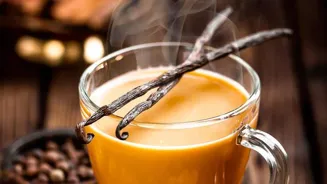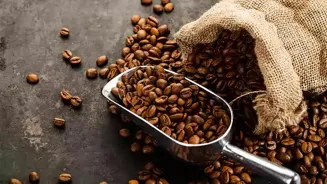Unveiling the Mysteries of Tea: A Journey from Garden to Cup. Dive into the rich process of creating your favorite chai
Tea, that quintessential Indian beverage, enjoyed every morning, noon, and evening,
has a fascinating journey before it reaches your cup. From the lush green tea gardens to the bustling markets and finally, your kitchen, the tea leaves undergo a remarkable transformation.
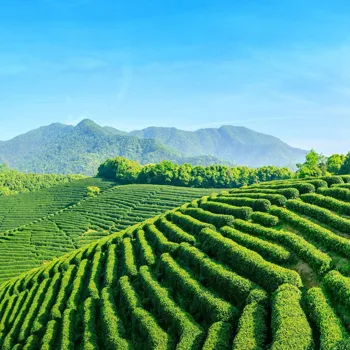
Let's embark on this journey and discover the secrets behind your favourite chai. This journey shows how much effort is put in so that you can enjoy your daily cup of tea. The process involves many steps, checks and procedures to make sure you get the best cup of tea.
The quality of the plantation is a important factor for the whole process.
Tea journey from gardens to teacup, workers pick finest leaves
The journey begins in the tea gardens, often located in the hills of Assam, Darjeeling, and Munnar. These regions offer the perfect climate for tea cultivation – abundant rainfall, cool temperatures, and well-drained soil.
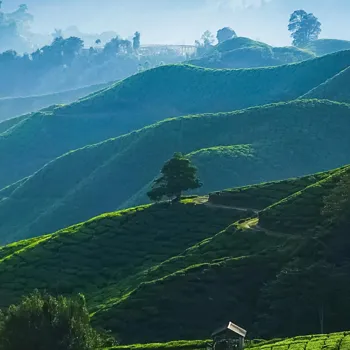
The tea plants, Camellia sinensis, are carefully nurtured and pruned to encourage new growth, called "flushes." These flushes, consisting of the tender young leaves and buds, are the ones that ultimately end up in your teacup. Plucking is done mostly by hand.
Skilled workers selectively pick only the finest leaves. These workers have years of experience in distinguishing the quality of the tea leaves. The way the leaves are picked at is important. The location of the tea plantation greatly impacts not only the taste of the tea, but also it's value.
Tea processing: withering, rolling, oxidation, drying for flavor
After plucking, the leaves are transported to the tea factory for processing. The traditional method involves several key steps: withering, rolling, oxidation, and drying. Withering reduces the moisture content of the leaves, making them pliable.
Rolling breaks the cell walls, releasing enzymes that contribute to the tea's flavour. Oxidation, or fermentation, is where the tea leaves develop their characteristic colour and aroma. Finally, drying stops the oxidation process and reduces the moisture content to about 3%.
The quality is maintained at each step along the way until packaging. These processes are very important for the quality of tea. Each of these individual steps gives off a specific taste.
Tea graded by leaf size; diverse flavor profiles; priced accordingly
The processed tea is then graded according to leaf size and appearance. Common grades include leaf, broken leaf, fannings, and dust. Leaf grades consist of whole or large broken leaves, while fannings and dust are smaller particles used in teabags.
Each grade has its own unique flavour profile and brewing characteristics. This allows people to choose their own taste of tea depending on there preference. The grading is also important for differentiating the price of the tea. Each segment is sold separately to different customers.
Some prefer dust and others prefer leaf. The process ensures there is no wastage throughout the process.
Tea journey from factory to blends for consistent taste
From the factory, the tea is transported to auction houses or directly to tea companies. At auctions, buyers sample and bid on different lots of tea, determining the market price. Tea companies then blend different grades and types of tea to create their signature blends.
These blends are carefully crafted to achieve a consistent flavour and aroma. Many companies have been making their own personal blend for decades with a unique taste. It is also important to keep the recipe for these blends consistent so that the customer experience is consistent.
This is a very difficult aspect if the tea harvest if different each year.
Tea journey from garden to cup shows labor and love
Finally, the blended tea is packaged and distributed to retailers, reaching your local grocery store. From there, all it takes is a scoop of tea leaves or a teabag, hot water, and a few minutes of steeping to transform those processed leaves into a comforting cup of tea.
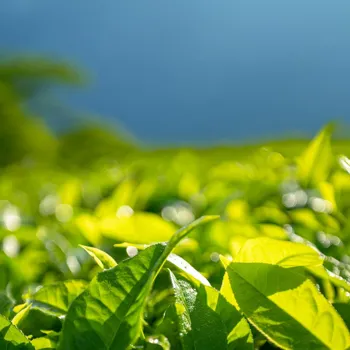
So, the next time you savour your chai, remember the long and intricate journey it has taken to reach you, from the tea gardens to your cup. This shows the labour and effort that is required for producing the tea that you get in a simple teabag.
Each step of the process is important the journey of tea.
AI Generated Content. Glance/InMobi shall have no liability for the content
